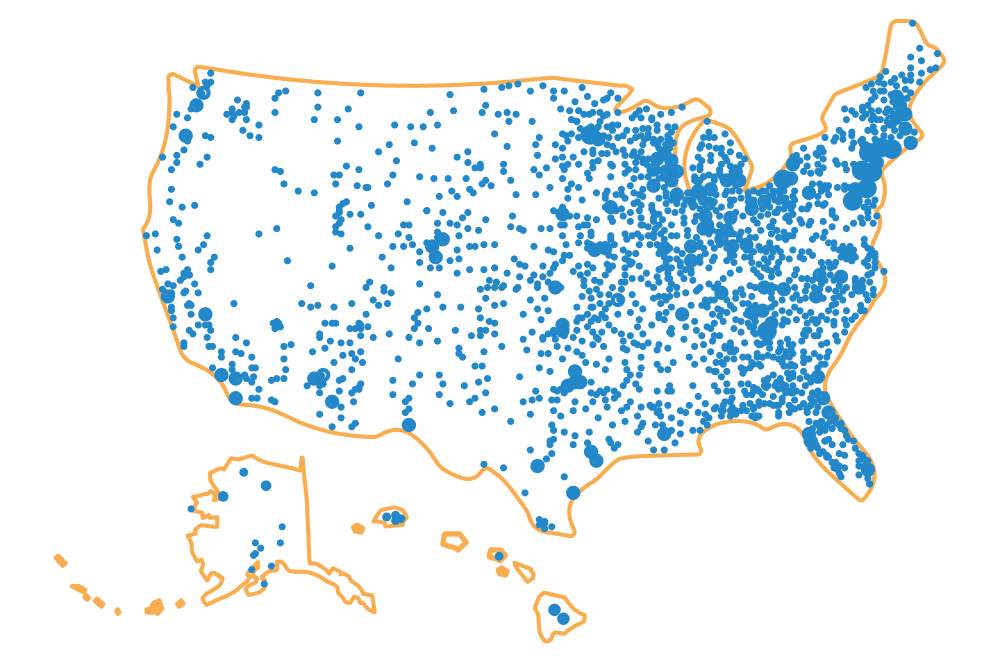Ohio’s 529 Plan, CollegeAdvantage, like other 529 accounts, benefits from specific tax advantages, including tax-free withdrawals for qualified higher education expenses. These costs cover most of the required expenses to attend a higher education at a four-year college and university, two-year community college, trade or vocation school, graduate school, certificate programs and apprenticeships certified by U.S. Labor Department. The costs include:
- tuition;
- room and board , which includes rent for off-campus residency —including apartment, homes, and Greek fraternities and sororities houses — and groceries (non-taxable items only), provided these costs are equal or less than the same room and board allowances from the school. Please contact the school to determine the specific amount;
- mandatory fees;
- computer equipment and related technology as well as internet services;
- books, supplies and equipment related to enrollment and class schedule;
- certain expenses for a special-needs student;
- qualified apprenticeships costs such as fees, textbooks, supplies, and equipment like required trade tools. The apprenticeship program must be registered with the Secretary of Labor’s National Apprenticeships Act;
- Up to $10,000 per child, per year from a 529 account can be used to pay for your child’s K-12 tuition at a public, private, or religious elementary or secondary school;
- Payment on the principal and interest on certain qualified education loans for the beneficiary of your account or any of the beneficiary’s siblings. The loan repayment provisions apply to repayments up to $10,000 per individual and is a lifetime amount; and
- Starting Jan. 1, 2024, any unused 529 funds (subject to specific requirements) to roll over to a Roth IRA for the same 529 beneficiary without incurring any penalty on the earnings. Additional details will be available at the end of 2023.
Non-qualified withdrawals penalties
There are, however, other higher education expenses that are not considered qualified. For example transportation costs to and from the school, insurance, fees and equipment that are not required for enrollment, parking tickets, restaurants and taxable food items; and library fines are not qualified expenses. If you decide to withdrawal any 529 funds for these costs, it will be considered a non-qualified withdrawal.
If you make a non-qualified withdrawal, there will penalties imposed with the request.
First, like other tax-advantage saving programs, there is a 10% federal tax penalty assessed for withdrawing money from the 529 plan for costs that aren’t considered qualified higher education expenses.
Second, the earnings portion only will be taxed on the federal, state, and local level. Keep in mind, your 529 contributions are made with post-tax dollars.
Lastly, If you are Ohioan who has received the state tax deduction due to your contributions to Ohio’s 529 Plan, you will also be responsible for paying back any of the state benefit related to the principal portion of the withdrawal.
Exceptions to tax penalties
There are three exceptions to the 10% federal tax penalty:
1) Scholarships. If your Ohio 529 plan beneficiary earns a scholarship, you can withdraw up to the same dollar amount as the scholarship from the 529 plan within the same calendar year. It’s a non-qualified withdrawal because it’s not used to pay qualified higher education expenses. However, since the scholarship covered these qualified costs, only the earnings portion of the withdrawal will be subject to federal, state, and local income taxes. Please note that any amount withdrawn to cover qualified higher education expenses over and above the amount of the scholarship would be considered a qualified withdrawal.
2) Attendance at a U.S. military academy. You may make a non-qualified withdrawal up to the estimated cost of attendance within the same calendar year at a military academy without incurring the additional 10% federal tax penalty. Again, the earnings portion of such withdrawal will be subject to federal, state, and local income taxes.
3) Death or permanent disability of beneficiary. First, you can choose a new 529 beneficiary, who must be a member of the family, without penalty. Another option is that you can authorize a payment from the Ohio 529 account to the estate of the beneficiary. The payment will not be subject to the additional 10% federal tax penalty, but the earning portion will be subject to federal, state, and local income taxes. If your beneficiary of the 529 plan becomes permanently disabled, then you may select a new beneficiary or withdraw all or a portion of the account. The earnings portion of any withdrawal will not be subject to the additional 10% federal tax penalty, but will be subject to federal, state, and local income taxes.
529 rollovers
There is one another circumstance where the tax penalties will not be assessed on a 529 withdrawal: Rollovers to another 529 plan. If you withdraw funds to roll over to another qualified 529 plan for the same beneficiary, then the earnings portion would not be subject to federal, state, and local taxation, nor the additional 10% federal tax penalty, provided it has been more than 12 months since any other rollovers for the same beneficiary. To avoid the taxes, the funds must be deposited to another 529 plan within 60 days of the withdrawal.
Again, a 529 plan rollover that does not meet these criteria in these two circumstances will be considered by the IRS to be a non-qualified withdrawal; therefore, the 529 plan rollover will be subject to taxation at both the federal and state level and is subject to recapture of any State of Ohio tax deductions claimed in prior years.
You will always have access to all the funds saved in your Ohio 529 account. It is the intended use of the withdrawal that determines if federal, state, and local taxes will applied and/or a 10% federal tax penalty assessed on the earnings in the withdrawal. Before making a non-qualified withdrawal, consult your financial advisor or tax consultant.
Visit Ohio’s 529 Plan online to start saving today for your child’s future education with as little as $25. A 529 account can be used for whatever education comes after high school—including four-year colleges and universities, community colleges, tech, trade or vocational schools, apprenticeships and certificate programs. Learn, plan, and start with Ohio’s 529 Plan today at CollegeAdvantage.
This blog was originally published in September 2016 and has been revised with updated information for 2023.








